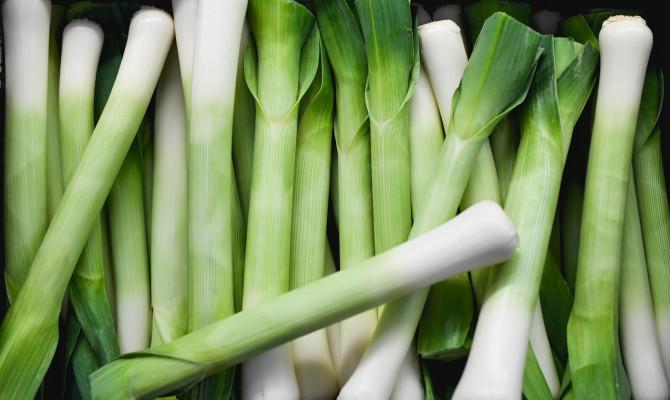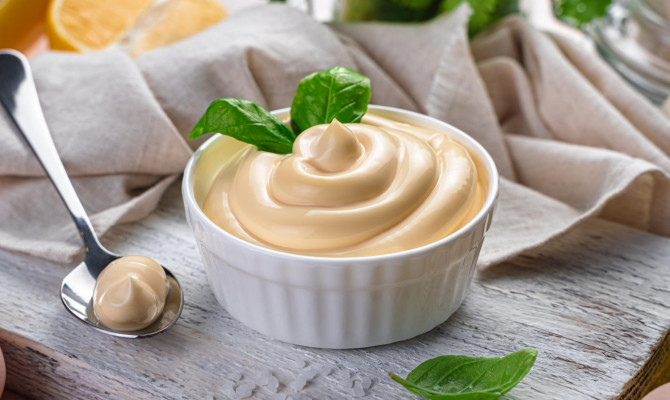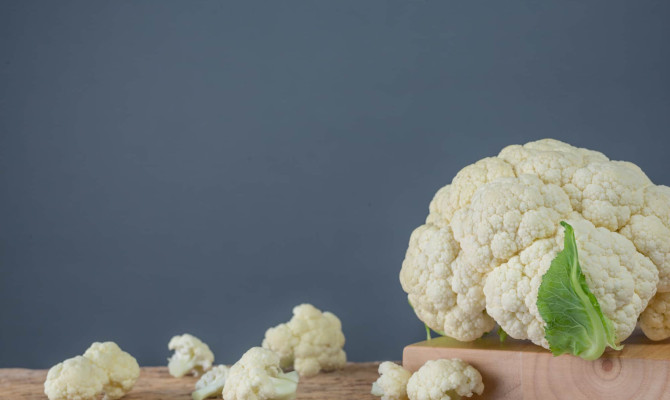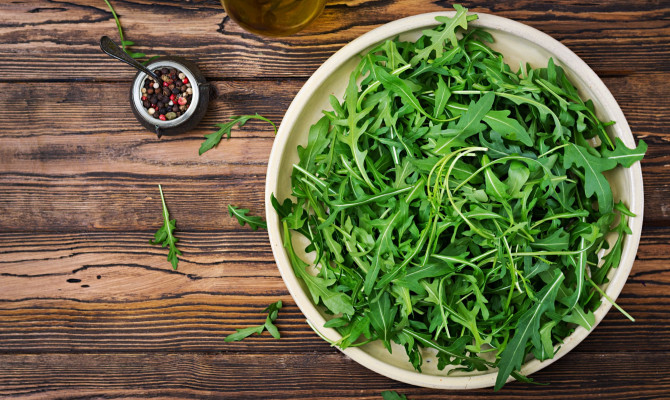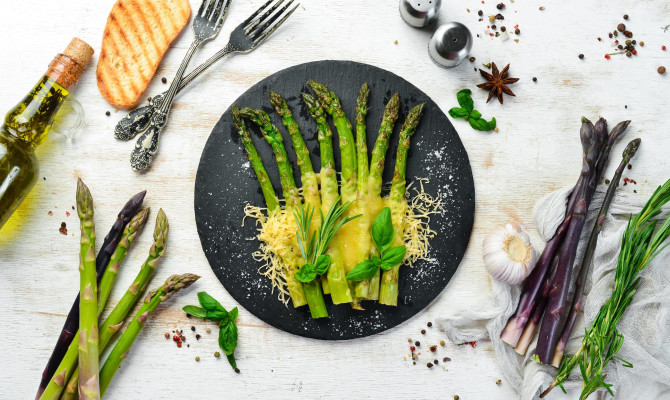Exploring the Nutrition profile and Health benefits of Farro

- Farro
- 22 Aug 2023
Overview
What is Farro?
A grain with a long history extending back thousands of years, farro is an old grain from the Triticum family (wheat family) that has grown in popularity recently. The grain is known to have been produced in many regions of Asia, Europe, Northern Africa, and Asia. It is thought to have its roots in the area that is currently comprised of Turkey, Iran, and Iraq.1Overview| Researched based study from Foodprint.org Farro is a multipurpose grain with a distinctive nutty flavor packed with essential nutrients. It also has many health advantages.
This article delves into Farro’s types, nutritional makeup, various health advantages, critical differences from Quinoa, possible adverse effects, and risks and precautions.
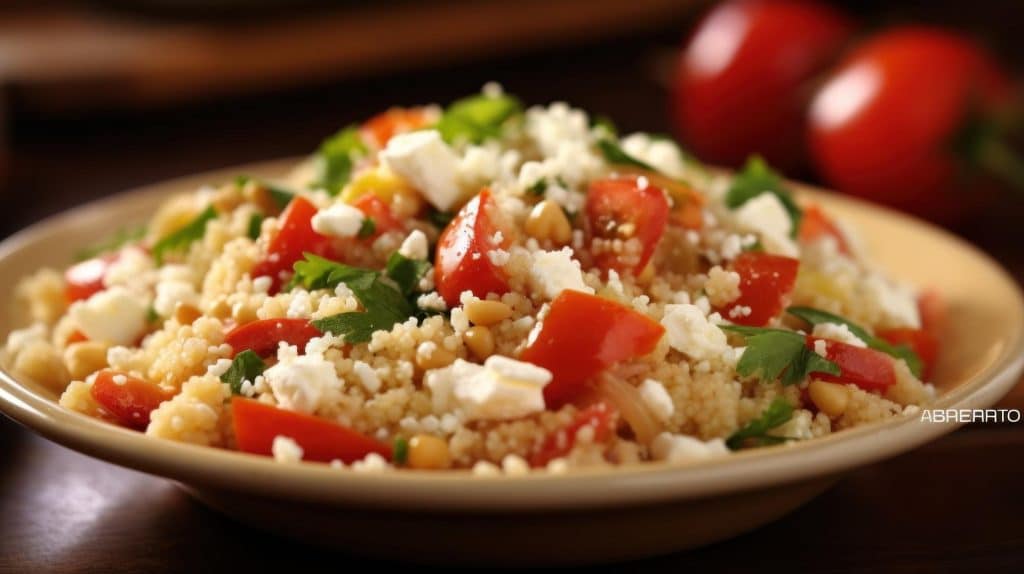
Types
Types of Farro
Farro includes three grains; however, we often refer to it as one. They include:
- Einkorn Farro (Farro piccolo) – Triticum monococcum
- Emmer Farro (Faro medio) –Triticum dicoccum 2Types| Researched based study from Npr.org
- Spelt Farro (Farro Grande) – Triticum spelta
The one typically offered in the United States is Emmer or farro medio. Farro can be a variety of things depending on how the makers process the grain:
- Whole grain – has the bran on the outside.
- Pearled farro – contains absolutely no bran.
- Semi-pearled – contains some bran.
While pearled and semi-pearled farro cooks more quickly, whole grain farro offers the best nutrients.
Nutrition
Nutrition profile of Farro
Farro is an excellent source of dietary fibers, complex carbohydrates, vitamins, protein, and minerals. 100 grams of whole grain emmer farro provides:
- Calories – 362 Kcal
- Protein – 12.77 g
- Carbohydrates – 72.34 g
- Fiber – 10.6 g
- Fat – 2.13 g
Minerals
- Iron – 1.53 mg
- Magnesium – 128 mg
- Zinc – 4.79 mg
Vitamins
- Niacin – 8.5 mg 3Nutrition| Researched based study from Usda.gov
Health benefits
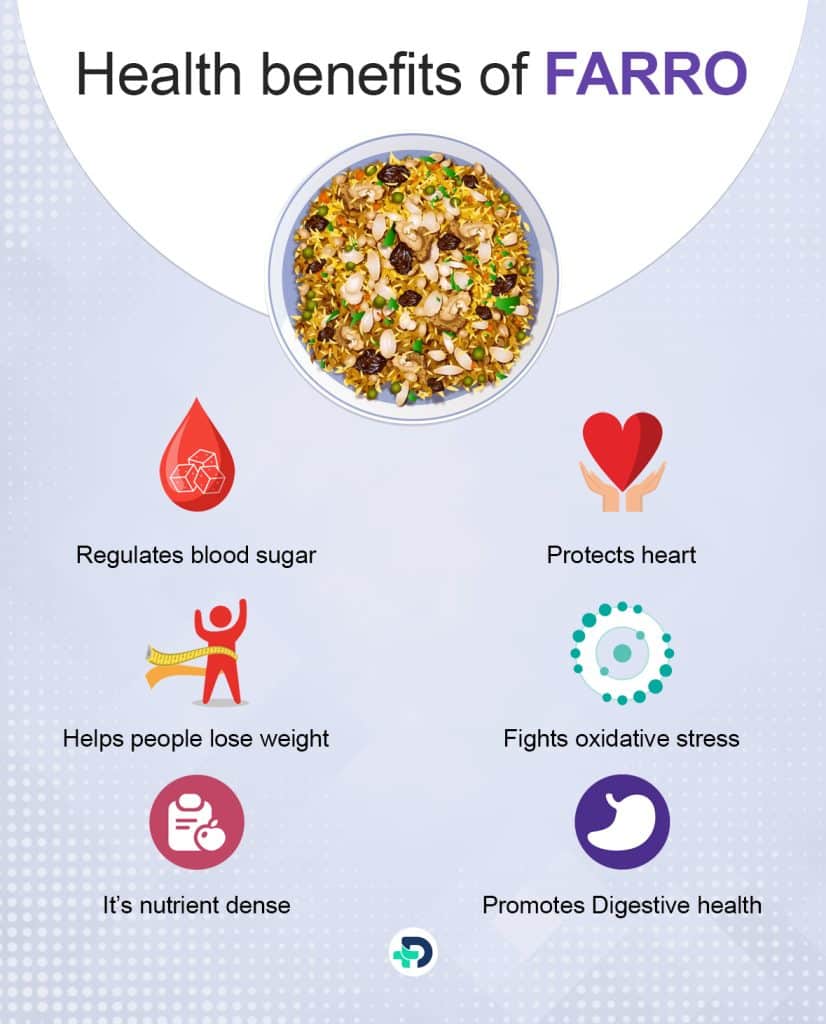
Health benefits of Farro
Including farro in a person’s diet has various health advantages, including:
- Provides Nutrition
- Promotes digestive health
- Helps people lose weight
- Protects heart
- Regulates blood sugar
- Fights oxidative stress
It’s nutrient dense
- Farro contains a wide array of essential nutrients, including magnesium, B vitamins, iron, and zinc.3Health benefits| Researched based study from Usda.gov
- These nutrients play crucial roles in energy production, immune function, and maintaining healthy cells and tissues.
Promotes digestive health
- Dietary fiber, which is plentiful in farro, supports good digestion, controls glucose levels, and helps with weight management.4Health benefits| Researched based study from Nlm.nih.gov
Helps people lose weight
- Farro is a great option for people trying to curb their hunger because of its high fiber content, which gives a fullness feeling.5Health benefits| Researched based study from Mayoclinic.org
Protects heart
- Farro is known for its heart-protective properties.
- Its fiber concentration decreases cholesterol levels, lowers the possibility of heart disease, and supports overall cardiovascular health.6Health benefits| Researched based study from Nlm.nih.gov
Regulates blood sugar
- Due to its low glycemic index, farro doesn’t result in a sharp rise in the level of blood sugar.7Health benefits| Researched based study from Cdc.gov
- This distinguishes it as a grain that can be consumed by folks who have diabetes or who want to keep their blood sugar levels steady.
Fights oxidative stress
- Farro is rich in antioxidants like lignans and phenolic compounds, which protects the body from the oxidative stress and chronic diseases, including cancer.8Health benefits| Researched based study from Sciencedirect.com
Selection
How to choose Farro?
When selecting Farro, a few key factors must be considered to ensure you choose the best quality and flavor. Here’s a guide to help you choose farro:
- Variety – all three types of Farros have their distinct taste and texture. Einkorn is the most ancient and has a nutty flavor, while emmer is chewier and slightly sweet. Spelt is the most common and has a milder taste.
- Whole grain – Look for whole grain farro rather than pearled or semi-pearled varieties. Whole grain retains more nutrients and fiber, making it a healthier choice.
- Organic – Choose organic farro to avoid exposure to harmful pesticides. Additionally, choosing non-GMO farro ensures that it hasn’t been genetically modified.
- Packaging – Look for any indications of moisture, bugs, or damage in the container. To maintain freshness, check that the product is correctly wrapped.
- Origin – Farro sourced from reputable regions known for producing high-quality grains, such as Italy or the United States, is generally a good choice.
Considering these factors, you can select a farro that suits your preferences and meets your quality standards. Enjoy experimenting with this nutritious and versatile grain in your culinary creations!
Side effects
Side effects of Farro
Despite the fact that farro is typically safe to eat, some people may encounter some adverse effects, like:
- Bloating
- Diarrhea
- Nausea
- Headache
- Vomiting
- Gas
- Stuffy nose
- Runny nose
- Skin rashes
- Sneezing
- Stomach cramps
- Breathing difficulty 9Side effects| Researched based study from Acaai.org
Vs. Quinoa
Farro vs. Quinoa
While farro and Quinoa are both ancient grains, they have distinct differences:
- Nutritional Content – Farro is higher in fiber and protein than Quinoa, making it a more filling option.10Vs Quinoa| Researched based study from Usda.gov
- Gluten – Quinoa is suitable for people with celiac disease or gluten sensitivities because it lacks gluten, in contrast to the gluten-containing Farro.
- Taste and Texture – Farro has a nutty, slightly chewy texture, whereas Quinoa has a softer, delicate texture with a mild nutty flavor.
- Culinary Uses – Farro is often used in soups, stews, and risotto because it retains shape and texture during cooking. Quinoa works nicely in salads, as a side dish, and as a rice substitute in a variety of dishes.
Precautions
Precautions
- Allergies – In rare cases, individuals may be allergic to wheat or wheat-related grains, including farro. If you have a known wheat allergy, it is advisable to avoid Farro.
- Gluten sensitivity – individuals with gluten sensitivity or celiac disease should avoid Farro due to its gluten content. When purchasing products made from farro, it’s critical to check labels thoroughly because they could contain gluten residues.11Precautions| Researched based study from Beyondceliac.org
- Moderation and Portion Control – While farro is highly nutritious, it should be consumed in moderation as part of a balanced diet. Pay attention to portion sizes to prevent consuming too many calories, especially if you are concerned with your weight.
- Phytic Acid – Farro includes phytic acid, which can prevent the absorption of nutrients including iron, calcium, and zinc, just like other whole grains. Farro can be cooked more effectively and with less phytic acid by soaking or sprouting it first. 12Precautions| Researched based study from Harvard.edu
Bottom Line
The Bottom line
Farro, an ancient grain packed with essential nutrients, is a delicious and versatile addition to any diet. With its high fiber, protein, and mineral content, farro offers numerous health benefits, including improved digestion, heart health, and blood sugar regulation. Although it contains gluten and phytic acid, precautions can be taken to minimize their impact. As with any food, moderation and individual considerations are key to enjoying the benefits of farro while reducing any potential side effects. With all that said, a diet should be higher in a range of nutrient-dense foods than one focusing on a single ingredient.
Any feedback on this article?
 This Articles content was accurate
This Articles content was accurate Very Informative Article
Very Informative Article I have a question or a comment
I have a question or a comment
 This article contains inaccurate content
This article contains inaccurate content This article was not helpful
This article was not helpful I have a question or a comment
I have a question or a comment
We appreciate your helpful feedback!
Checkout our social pages
References
-
Food Print
Real Food Encyclopedia | Emmer (Farro) | Overview
-
NPR
Farro: An Ancient And Complicated Grain Worth Figuring Out | Types
-
U.S. DEPARTMENT OF AGRICULTURE
WHOLE GRAIN EMMER FARRO | Nutrition
-
National Library of Medicine
The Health Benefits of Dietary Fibre | Health benefits
-
Mayo Clinic
Mayo Clinic Minute: Discover the health benefits of farro | Health benefits
-
National Library of Medicine
Dietary Fiber Is Beneficial for the Prevention of Cardiovascular Disease: An Umbrella Review of Meta-analyses | Health benefits
-
Centers for Disease Control and Prevention
Fiber: The Carb That Helps You Manage Diabetes | Health Benefits
-
Science Direct
Lipophilic antioxidants in wheat (Triticum spp.): A target for breeding new varieties for future functional cereal products | Health Benefits
-
American College of Allergy, Asthma & Immunology
Wheat | Side effects
-
U.S. DEPARTMENT OF AGRICULTURE
Quinoa, uncooked | Vs Quinoa
-
Beyond Celiac
Is Farro Gluten-Free? | Precautions
-
Harvard T.H CHAN
The Nutrition Source | Precautions












